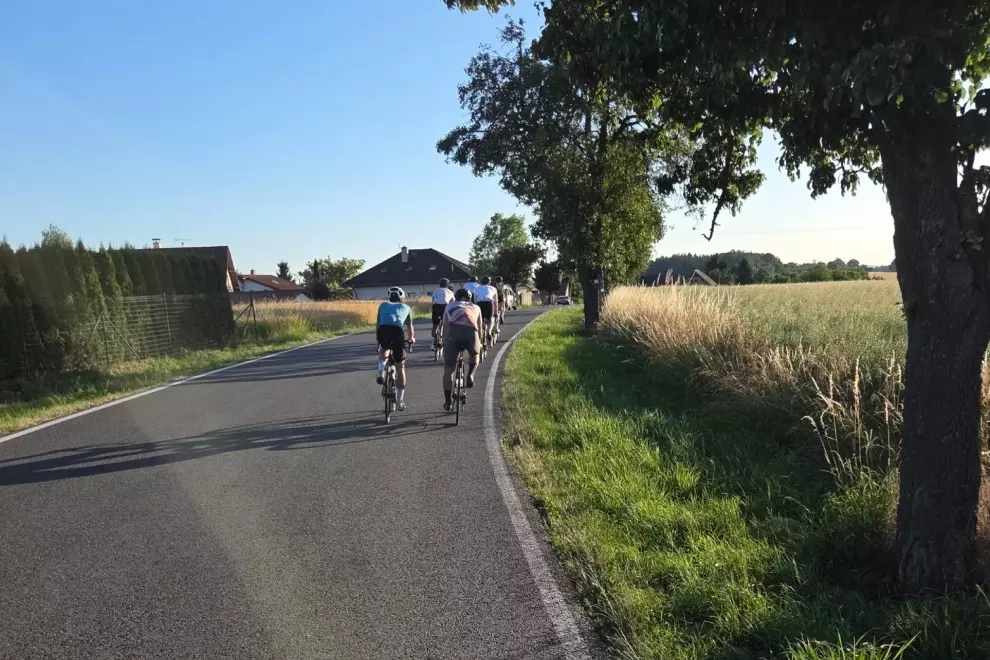At the beginning of the Second World War, Blitzkrieg (from German “Blitz” for lightning and “Krieg” for war) became a warfare doctrine of the German Wehrmacht, based upon using speed and surprise to throw off and defeat enemies. What the German army showed in Poland and France in 1940, Japan was willing to repeat in East Asia, following the concept of wiping out the Western colonialism from the region.

The invasion began on 8 December 1941, one hour and 20 minutes before the Japanese attack on Pearl Harbour, and so it was the first major battle of the Pacific war. The Imperial Japanese Army’s Lieutenant General Tomoyuki Yamashita and his 25th Army accomplished the invasion of the entire 1120-km-long Peninsula in less than 70 days and triumphed over the allied British, Australian, Indian, and Malayan defenders while moving forward through Malayan jungle. Their victory ushered in the end of the British Empire in Asia. Apart from excellent leadership, smart intelligence, well-executed application of power and exceptional logistic, the use of bicycles is thought to be responsible for the Allied forces’ disaster.
Japanese army decided to use bicycles rather than horses. This decision allowed the soldiers to travel faster and with less effort, allowing them to surprise and confuse the defenders. The bicycles were not involved in the amphibious operation for fear of slowing down the landing, however, the Japanese army’s strategy calculated with the thousands of bicycles that were exported to Malaya before the war and that could be confiscated from civilians and retailers.
Under normal conditions, retreating armies move faster than their pursuers because the invaders are slowed down by destroyed infrastructure such as blown-up bridges or obstructed roads. But this time, Japanese soldiers on light bicycles were able to use narrow roads, hidden paths and improvised log bridges. Even when bridges were missing, soldiers waded across the rivers carrying their bicycles on their shoulders.
The bicycles also proved to be an excellent help in the transportation of equipment. While the British soldiers carried up to 18 kilograms while marching through the jungle, their Japanese enemies could carry twice as much, benefiting from the distribution of weight onto two wheels. “Even the long-legged Englishmen could not escape our bicycles”, remembered Colonel Masanobu Tsuji. “This is the reason they were continually driven off the roads and into the jungle where, with their retreat cut off, they were forced to surrender”.
Using bicycles had also an unintended effect of deceiving Allied troops. When enemies were pursued, punctured tires of Japanese bikes were simply taken off in a hurry and the bicycles were ridden on their bare rims. The sound of forthcoming peloton made a noise resembling that of the tanks turning the Allied forces in uncoordinated flee with the panic and outcries saying, “Here come the tanks!”
The Japanese took control over the Peninsula after Allies surrendered at Singapore on 16 February 1942 and remained in occupation of Malaya until their surrender to the Allies in 1945.






